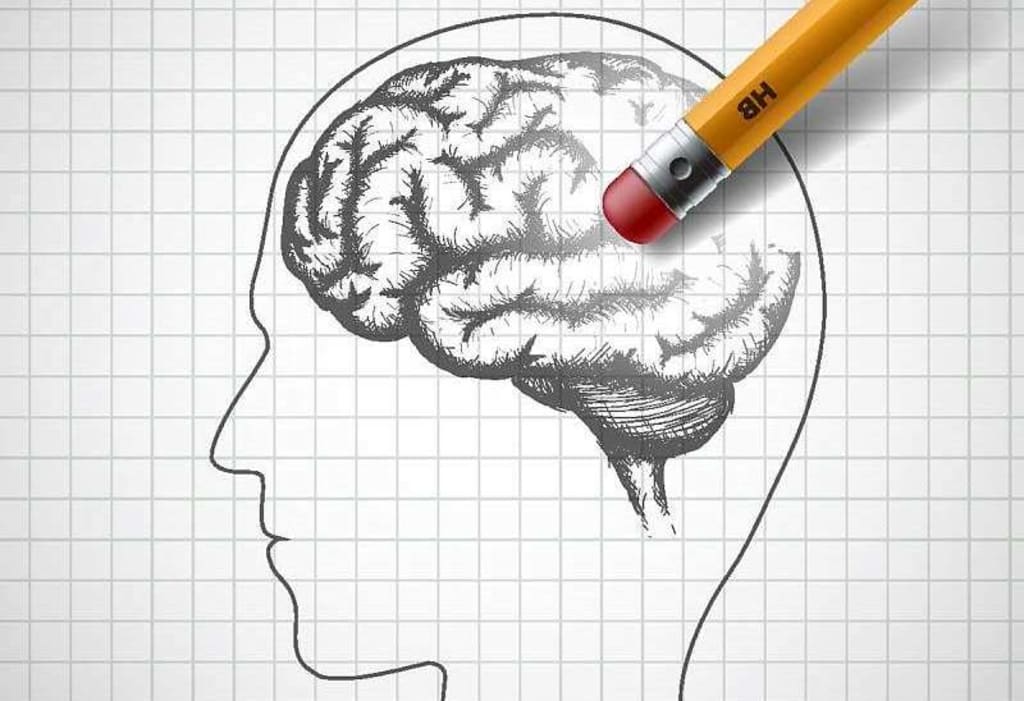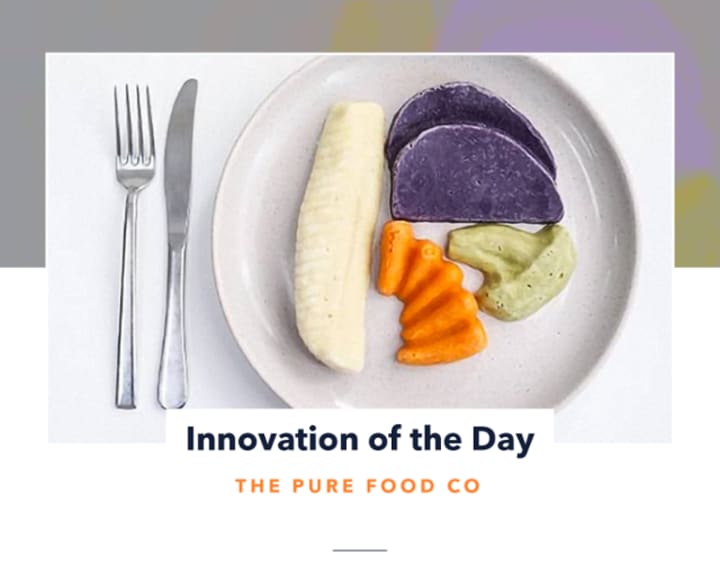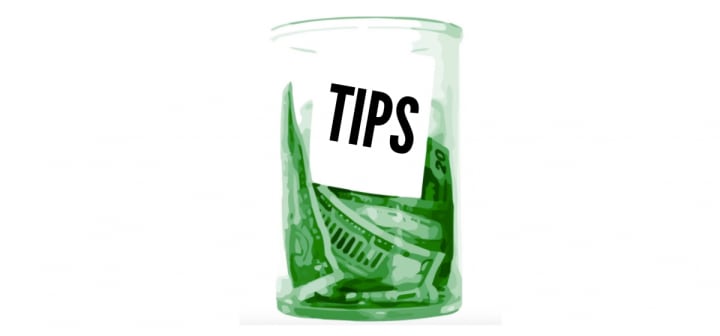True Innovation for Good (Part 2)
A New Zealand-based startup is pioneering foods to improve the quality of care and health outcomes for those with swallowing difficulties. We explore why this nutritional advance is such an important development for those dealing with Alzheimer's and Dementia.

A New Zealand-based startup is pioneering foods to improve the quality of care and health outcomes for those with swallowing difficulties. We explore why this nutritional advance is such an important development for those dealing with Alzheimer’s and Dementia.
Introduction
The first part of this article series, True Innovation for Good (Part 1), sets the stage for what we will be examining here in this concluding portion. This is an exciting new approach to help patients with Alzheimer’s Disease, Dementia, and a whole host of largely chronic, and debilitating, medical conditions deal with swallowing difficulties. Dysphagia, the formal medical term used to describe when a patient has difficulty swallowing, is a secondary medical condition for such patients. However, the need to be able to eat and to stay hydrated, and to successfully deal with these swallowing issues, is a critical aspect of keeping patients as healthy as possible, as when nutrition and hydration fades, serious health problems can, and will, occur. And particularly for those suffering from memory issues, Dysphagia is an all-too-common comorbidity that truly is a matter of life and death for Alzheimer’s and Dementia patients and their caregivers.
In the first part of this article, we examined both the big picture on dealing with Dysphagia and how my own family dealt with the swallowing issues experienced by my father, Barry Wyld, who passed away earlier this year from Alzheimer’s. The article went into particular detail on my father’s struggles with eating well, not with eating itself, but in our family dealing with the unrecognizable “globs” that heretofore have been form factor that patients suffering from swallowing issues are commonly prescribed to help them eat better.
The reason for going into such depth on my father’s experience with a puréed diet, and seeing the challenges faced by his fellow patients in the assisted living setting, was to bring home to the reader the stark challenges and, up until now, very unpleasant choices facing all patients and their families in dealing with swallowing issues. Indeed, for patients not suffering from memory issues, Dysphagia may be even harder to deal with in practice, due to their ability to actually know that their food has been run through a food processor, producing the single or multiple globs that they see three times a day for meals.
Through relating his personal experience with a father with advanced Alzheimer’s and severe swallowing issues, the author wanted to bring home to those unfamiliar with swallowing issues just how difficult these are to deal with in practice, whether from a personal caregiving or an institutional perspective (in the assisted living, nursing home, or hospital environments). As such, this background if fundamental to understanding why the entrepreneurial breakthroughs in this area are so important - and why the market opportunities present for those who will be “changing the game” in helping patients deal with Dysphagia are so very vast today. And so, the author truly urges you to read the first portion of this article (True Innovation for Good [Part 1]) as important background on understanding the challenges, and opportunities, ahead.

A sample complete meal from the Pure Food Co
Pure Food vs. Pureed Food
Like so many people these days, I get waaaaaaay too much email! As a New Years Resolution, yes, I should go through and unsubscribe to the messages, alerts, newsletters and daily updates, sometimes hourly ones, from companies and organizations that I was indeed once interested in. However, for as cluttered as my inbox is, every once and awhile, those daily emails do pay-off. And my daily update from the global consultancy, TrendWatching (and their name tells you exactly what they do), is one that does definitely make it through my personal filter and merits opening and reading most days. So, when I recently read their “Innovation of the Day” email that shined their spotlight on an innovative startup that is tackling care for those dealing with Dysphagia, needless to say, it caught my attention! From the perspectives of both having been a long-time caregiver for my father with Alzheimer’s and in my professional capacity as a strategic management consultant and professor, their profile of the New Zealand firm, The Pure Food Co, struck me as developing a truly revolutionary approach to assisting those with swallowing issues in new and innovative ways.
The Pure Food Co was founded by Sam Bridgewater to specifically attack the problem of Dysphagia. He was inspired to do so after dealing with an illness in his own family where that person close to him was unable to eat traditional food. Without being able to eat, Bridgewater’s family member struggled to stay healthy. And as he dug into the issue, he found, like I did, just how common and pervasive swallowing issues are in those with memory issues, along with a whole host of other chronic medical conditions. Their story is presented in the video below:
What Pure Food has done so far is quite remarkable. Bridgewater stated that their aim was “to provide a real food solution that keeps people well nourished.” They now produce a full line of 30 different foods to choose from, with everything needed to provide full meals to those dealing with swallowing issues, including entrees, vegetables, snacks and desserts. And no, they are not simply in the business of grinding-up items and packaging the puréed food, which makes their offerings unique in the marketplace. In fact, the company now offers a range of thirty different foods for patients, caregivers, and institutional providers to choose from (and you can see their full line of offerings at this link). These include:
- hickory pork slow cooked in a barbeque sauce;
- creamy broccoli cooked in a béchamel sauce;
- roast pumpkin with a hint of cinnamon;
- vegetarian yellow lentil curry; and
- passionfruit cheesecake
Since their founding in a New Zealand food business incubator in 2014, the results of their efforts to date have been nothing short of astounding. They now have their own processing plant, supply meals across a wide swath of their home country's health care system, and are poised for even more growth. As the following video describes, the company now has a wide presence in its home market of New Zealand and has recently begun exporting to Australia (and they hope to add additional countries in the region over time).
Perhaps the key to Pure Food’s value proposition is that not only does their food actually taste well, like real food, it also is made to look like it as well— making the single or multiple “globs” of puréed food a thing of the past for patients put on a puréed diet who can make use of their product. This is because at present, the company uses a production process whereby not only is the food supplemented with proteins and additional vitamins and nutrients, it is also formed into shapes resembling “real food” items using molds. It is quite a simple equation: By making food that is more appealing to the senses, in look, feel, smell, and yes, taste, elderly patients with Dysphagia will eat more— and that leads to improved health for those patients dealing with swallowing issues.
Indeed, the health outcomes in elderly patients consuming Pure Food’s offerings have been proven to be quite consequential— and literally life changing for institutional residents. Not only are more patients with Dysphagia able to maintain, or even gain weight, by getting sufficient nutrition, independent studies of elderly patients on a Pure Food regimen have shown that these individuals have seen decreased risks of falls, less skin disorders, and lower rates of hospitalization— as well as less lengthy stays when they are hospitalized from not being malnourished before becoming inpatients.
3D Printed Foods, for All
What is drawing media and analysts attention to Pure Foods is their recent announcement that they plan on taking the idea of real-looking foods to the next level by making use of 3D printing technology. This development truly has the potential to be nothing less than revolutionary. Even better than the molds they make use of in their production processes now, 3D printing would enable Pure Food to produce truly realistic looking foods: carrots can be made to look like carrots, roast beef can be made to look like a slice of roast beef, and cheesecake can be made to look like a piece of cheesecake. Such more attractive and life-like food offerings are likely to make a tremendous difference in the lives of Alzheimer’s and Dementia patients— and for the caregivers and health care providers looking after their nutritional needs. Pure Food is thus poised to truly create a whole new category of therapeutic products that may be nothing less than life-saving “game changers” to help improve, and extend, the lives of memory care patients and improve the both their quality of care and their quality of life.
Now, the ever-expanding use of 3D printing technology is poised to revolutionize the way we do any number of things in our professional and personal lives. While you can now buy a reasonably priced 3D printer for use in your own home to make whatever you might want to create, the real revolution is being led by innovative companies around the world. Indeed, startups and small businesses are racing to find ways to apply 3D technology to everything from making spare parts for cars and airplanes, even body parts, to 3D printing entire homes! It is an exciting area of development, where seemingly the only limits to the application of this technology is the bounds of human imagination— and safety, of course.
One of the more novel and rapidly expanding uses of 3D printing is in the area of printing food items ready for humans, and of course, as one can readily imagine in 2018, for our pets. And in fact, the notion of 3D printing foods is not even a new idea, as evidenced by both the number of news items appearing on the subject each week in the media and the fact that the global 3D Food Printing Conference is now in its fifth year! The idea of 3D printing food products is expanding rapidly, and as a comprehensive guide to the subject shows, basically if components (as with a hamburger or a pizza) or the entire dish can be puréed, the food item can indeed be printed in 3D form.
3D Printed Foods - for Patients
There have been prior experiments to show the viability of custom 3D printing foods to be consumed by patients in the health care setting. For instance, in the Netherlands, Isala Hospital, located in Zwolle, the Netherlands, is working with two Dutch companies, the 3D printing technology provider byFlow and its food supplier, Huuskes, to print entire meals for their patients. This demonstration project has shown how 3D printed foods can be used not just to make them more visually appealing to patients, but custom-tailored to be fortified with vitamins and minerals as well. Patients who eat “100%” of their foods can even have their medications blended into the mix before it is 3D printed, alleviating yet another worry for caregivers and nurses administering meds... Further, for patients who become hypersensitive to the smell of foods and are repelled by them— causing them to not eat, the scents of the food items can either be removed or modified.
It will indeed be quite interesting to see how this market develops. Unfortunately, there is a great need for such niche food products for a unique, but growing, set of customers all around the world. While The Pure Food Co is indeed a startup to be watched, they have just now recently begun exporting products to Australia— and are looking to expand into the Singapore market as their next move. For as favorable as their growth prospects are, it seems unlikely that Pure Food would be in a position to be a global provider of such food items, due to the logistical and capital hurdles they would face in doing so. And so with the number of elderly patients suffering from Alzheimer’s and Dementia continuing to grow at a rapid clip worldwide— and even faster in the West, the need for more realistic, and healthy, foods is truly an opportunity that is global in scope.
Of course, there will be bumps along the road to making such 3D printed food items routinely available in the marketplace. Indeed, there are legal questions surrounding much of 3D printed products, and food is no exception. Will it be possible to gain patent protection for such 3D printed foods? Can they be trademarked? Will we see competing brands of 3D printed foods for consumers, or even 3D foods competing against, for lack of a better term, “real” food products? How much of a dent will 3D printed foods make in the overall food marketplace, both at the retail and institutional levels? And will there be any consumer backlash against printed foods as not truly being “real” food items (a 3D printed carrot is still not a genuine carrot, no matter how it is sliced!). And so much akin to the choices we face today in terms of having to make choices as to how foods are sourced and processed, perhaps tomorrow the choice will be between the printed food and the “real thing.” Such is the world of technology that we live in — and it’s only going to develop faster in the future.
Conclusion
What does all of this mean? Where is all of this going? Where will we be in 5 or 10 years with the fast pace of developments in this area, and the innovations to come? Who will be the market leaders who will be able to take advantage of this market opportunity— which is unfortunately a fast growing one? These are the business questions, and they will work out over time.
However, as I stated at the outset, this is a very personal issue for me. I know all-too-well the very real struggles that swallowing difficulties present for memory impaired patients, their families, their caregivers, and for the institutions and their staff members that provide for their care. While all of the current innovation, at least that which we know about, is coming about in a relatively remote corner of the world, thousands of miles away from the American market, I see what Pure Food is doing as having great results right now in the lives of those suffering with Alzheimer’s Disease and Dementia in their home country and moving into more geographic areas. Moreover, their model, their ideas, their technology has the potential for radically improving their quality of life during the progression of these fatal, and all-too-common conditions globally. As with all technological-based innovations, there will be fits and starts. However, I see vast potential for companies to move into the area of producing realistic foods for those dealing with Dysphagia to improve their lives as they deal with chronic health conditions that— and likely develop very large businesses in the process.
All of this is, of course, too late for my own father and our family. However, being all too familiar with the inevitable toll that being on a puréed diet takes on the patient, the caregivers, and the institutional staff, using technology to make puréed foods far more palatable, appealing, and yes, realistic than the “globs” of food that has been really the only option for those dealing with swallowing issues is an exciting proposition and one that holds huge potential for entrepreneurs and visionary managers to yes, take advantage of in the course of the next decade. This is a market that should see plenty of companies, both large and small, vying to take a place in the growing need for more palatable, and workable, alternatives to Remember that simple and stark equation that I started this article with: When it comes to memory issues, unless your loved one continues to eat and to drink, they will die. Therefore, while we are drawn to far more “sexier” uses of technology, I can see no more vital work being done today than that of improving the lives of those dealing with Dysphagia and giving them the opportunity to have food that looks like, well food!

++++++++++++++++++++++++++++++++++++++++++++
Like what you just read? Did it make a difference to you? If so, please see and share this article through social media, email, and even the old-fashioned way of printing it off for a colleague or friend!
And while you’re at it, ask yourself a simple question: Was the info worth a buck or two, or a whole lot more to you, your career, your company? If so, please consider “tipping” (it’s the polite thing to do!) using the easy link below. In providing a small tip, you not only help support the author's work, but you help keep the unique platform that Vocal Media is building be an advertising-free environment, and don't we all need more of that to make our online experiences better today? Please consider showing your support below, and voting for good, ad-free ideas on the Web!
About the Creator
David Wyld
Professor, Consultant, Doer. Founder/Publisher of The IDEA Publishing (http://www.theideapublishing.com/) & Modern Business Press (http://www.modernbusinesspress.com)






Comments
There are no comments for this story
Be the first to respond and start the conversation.